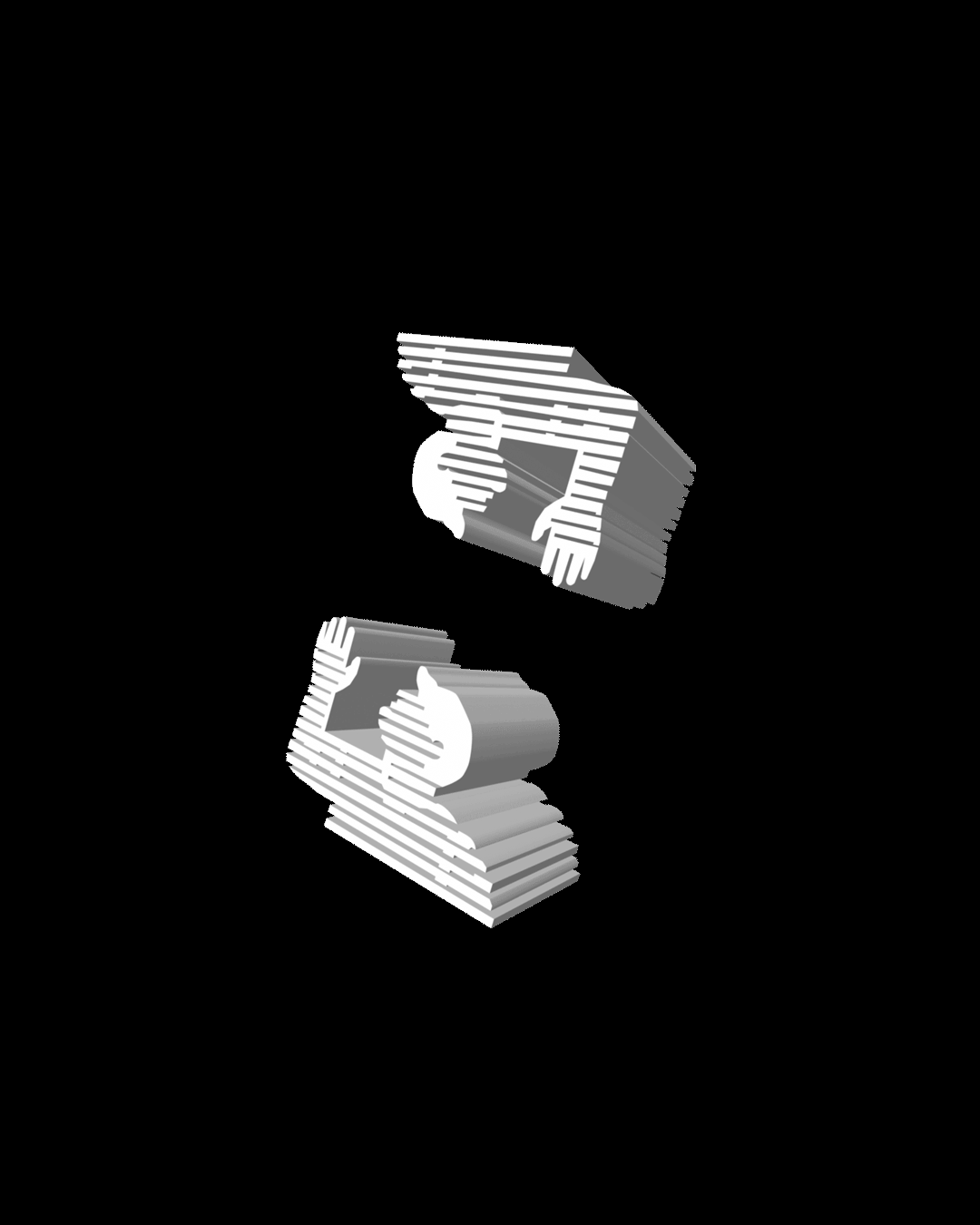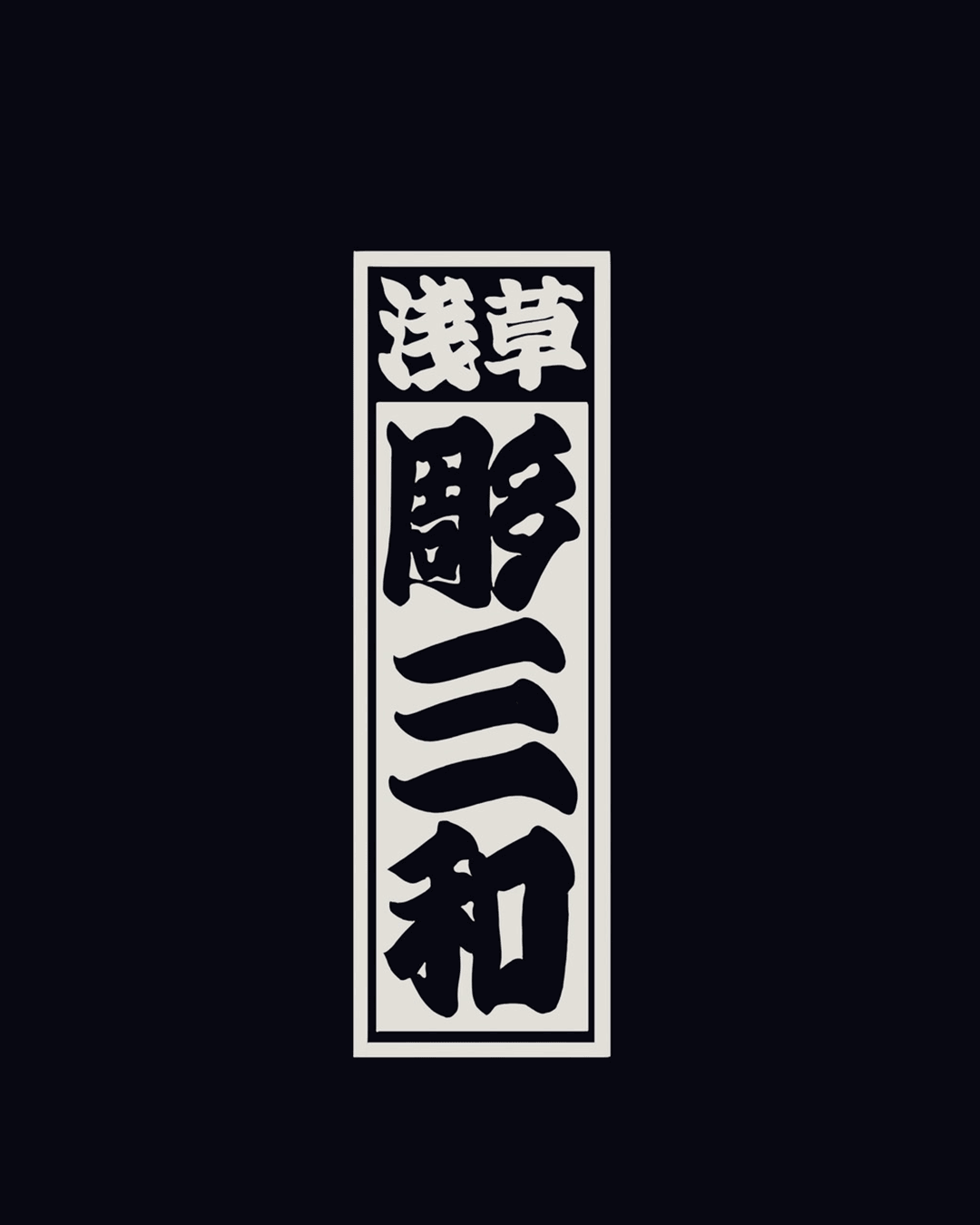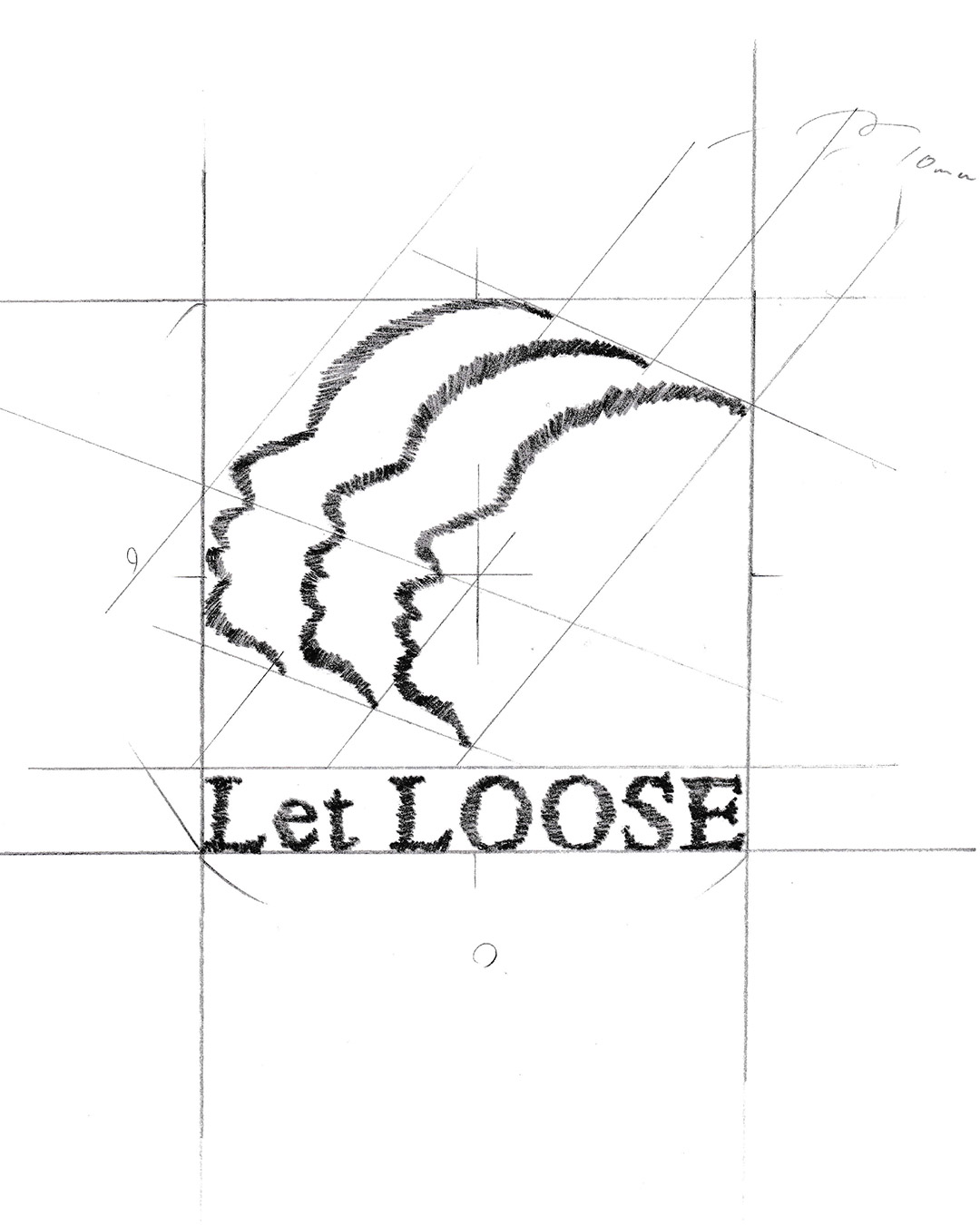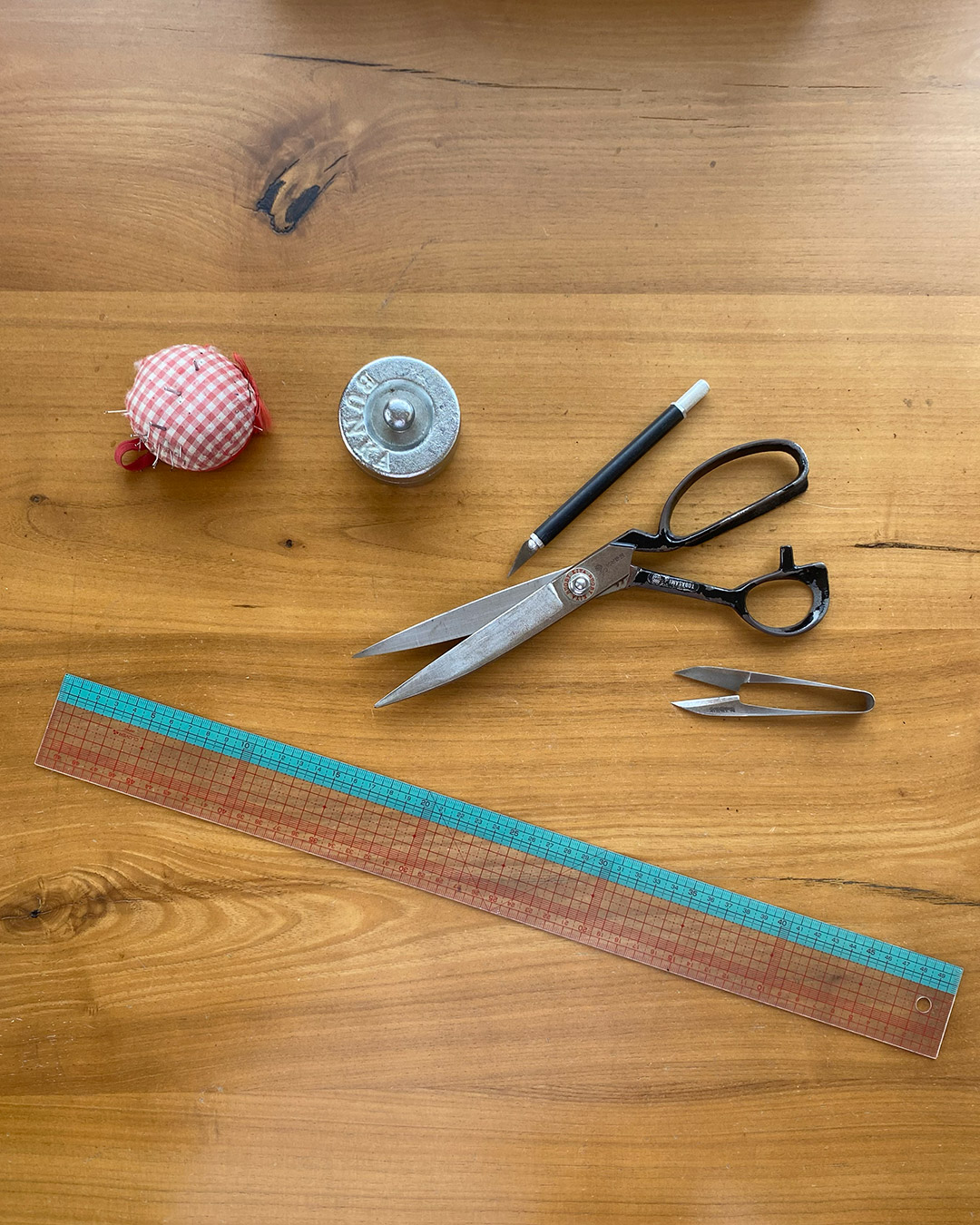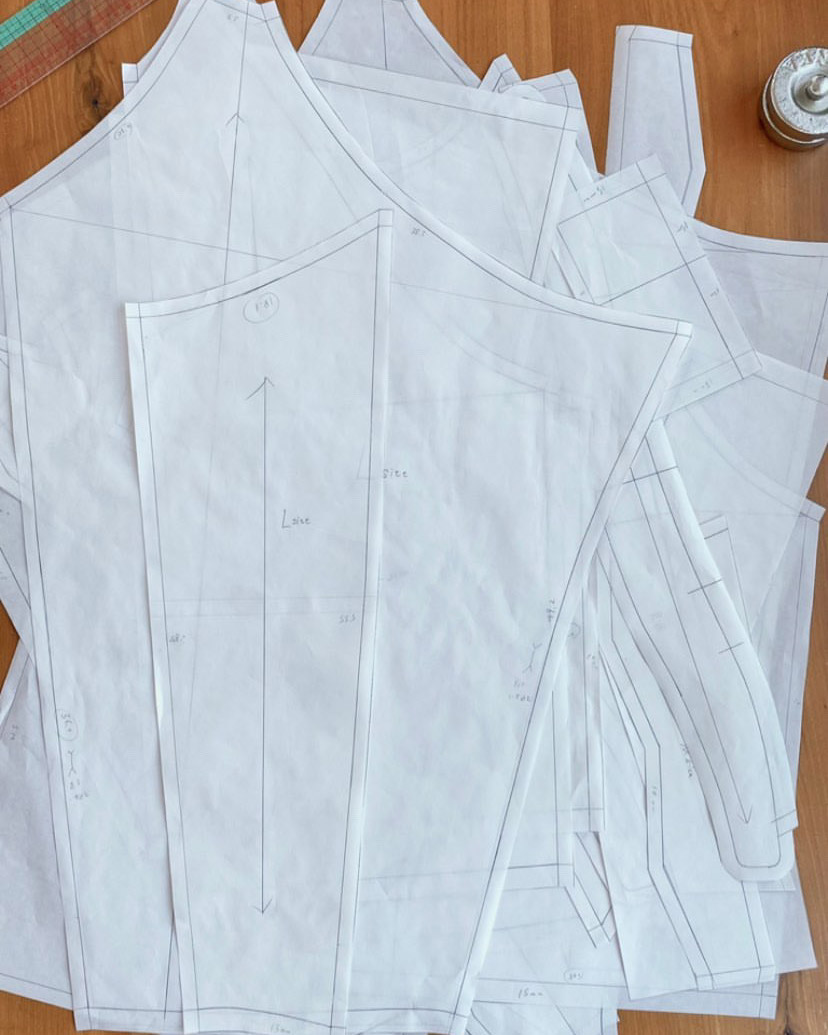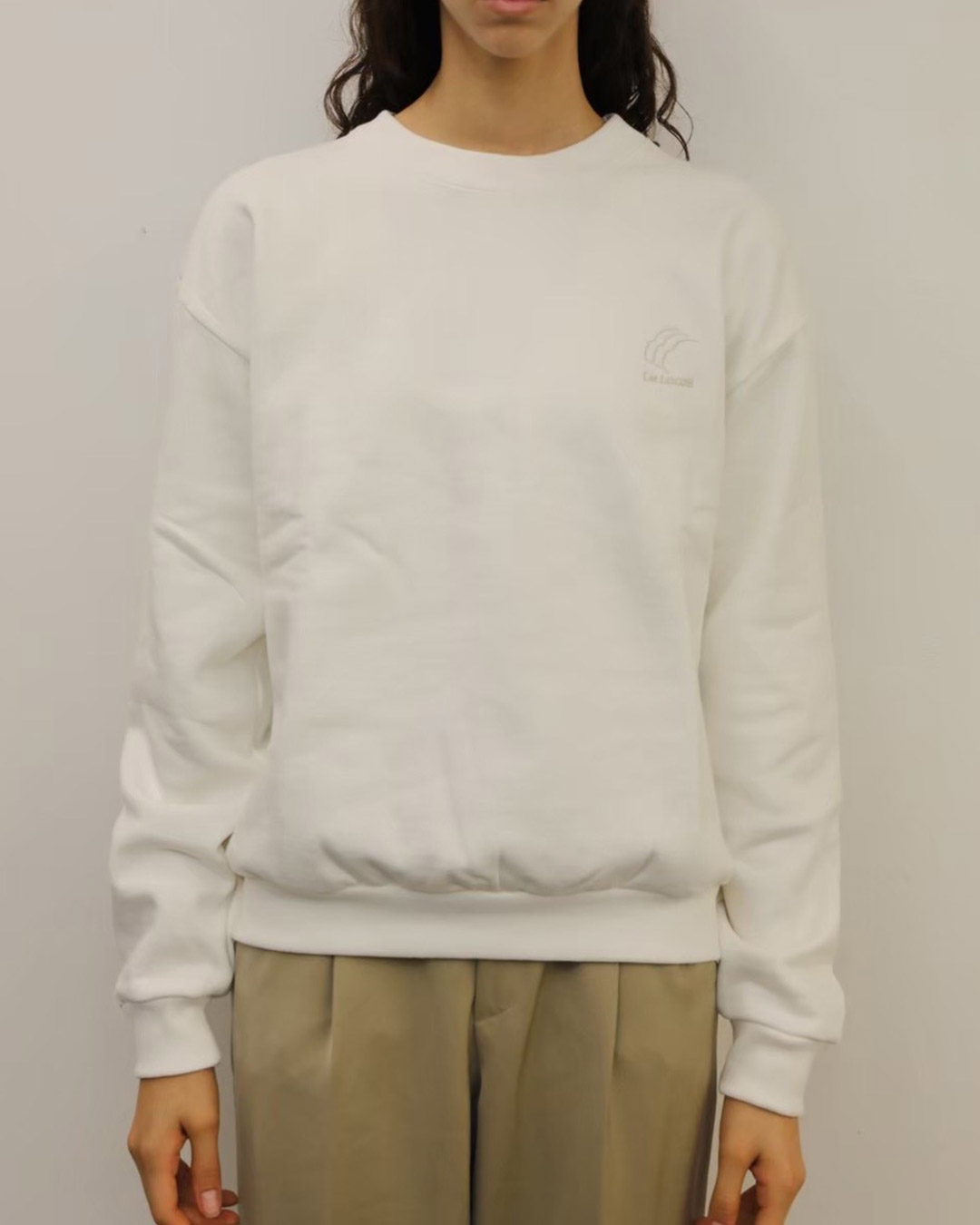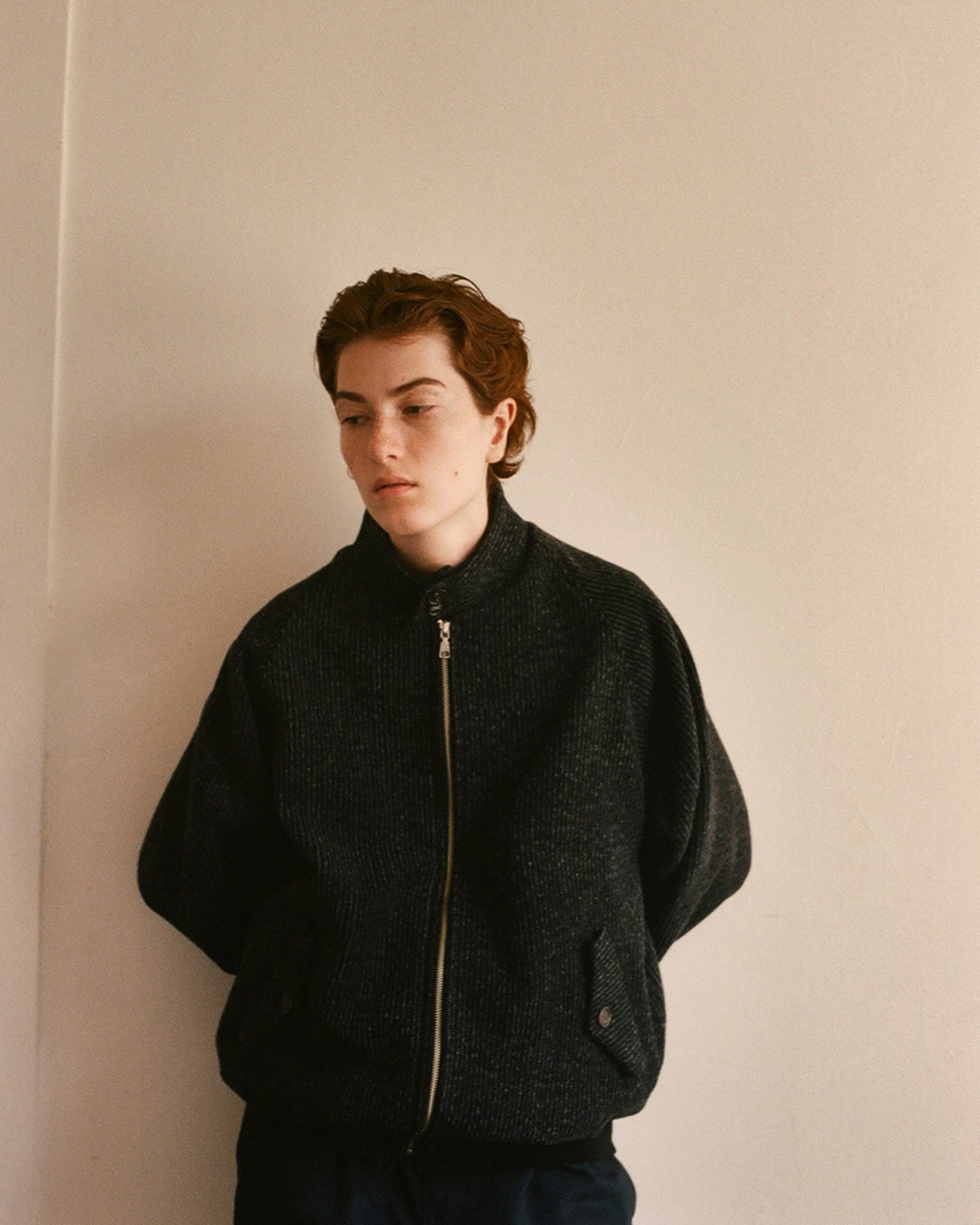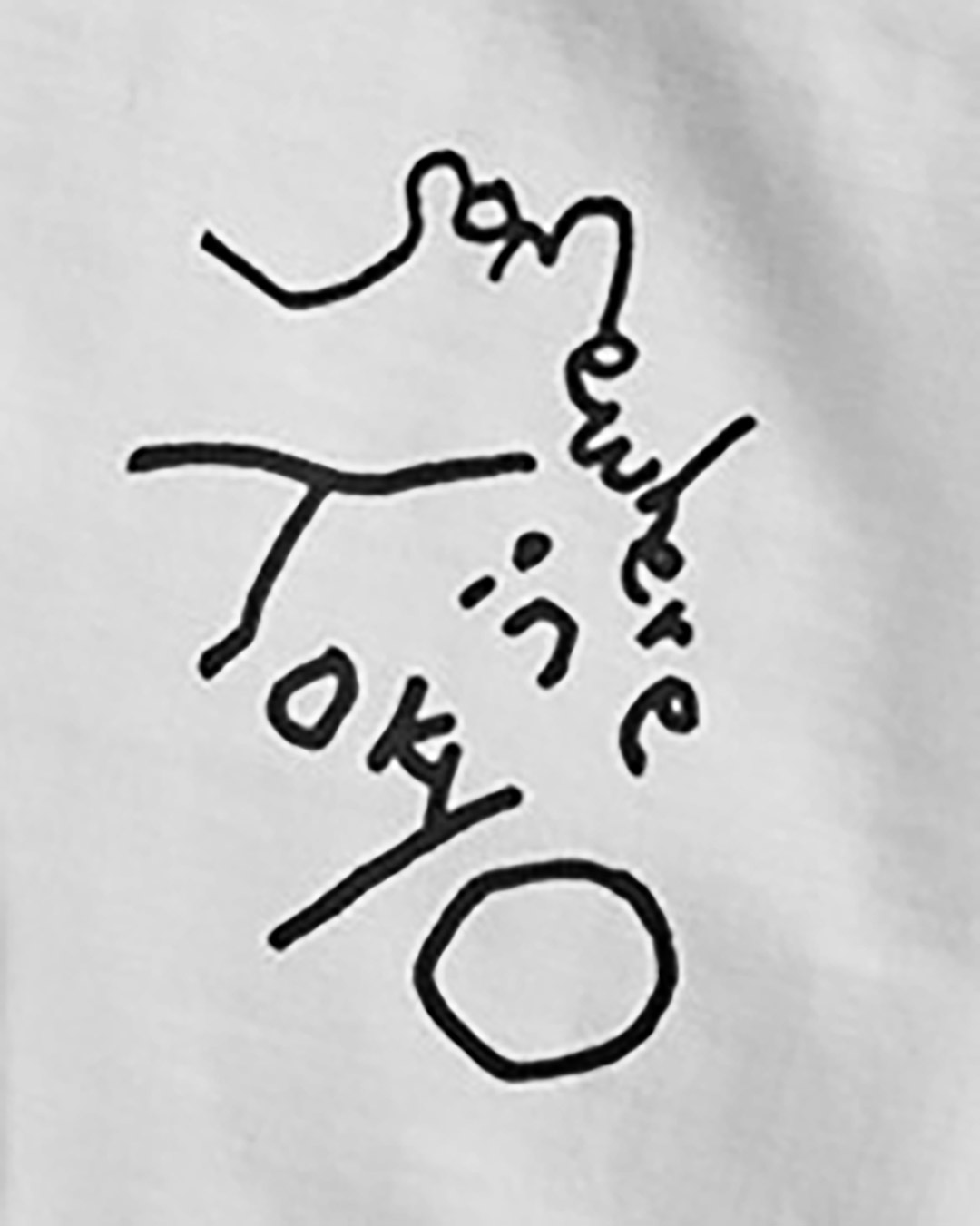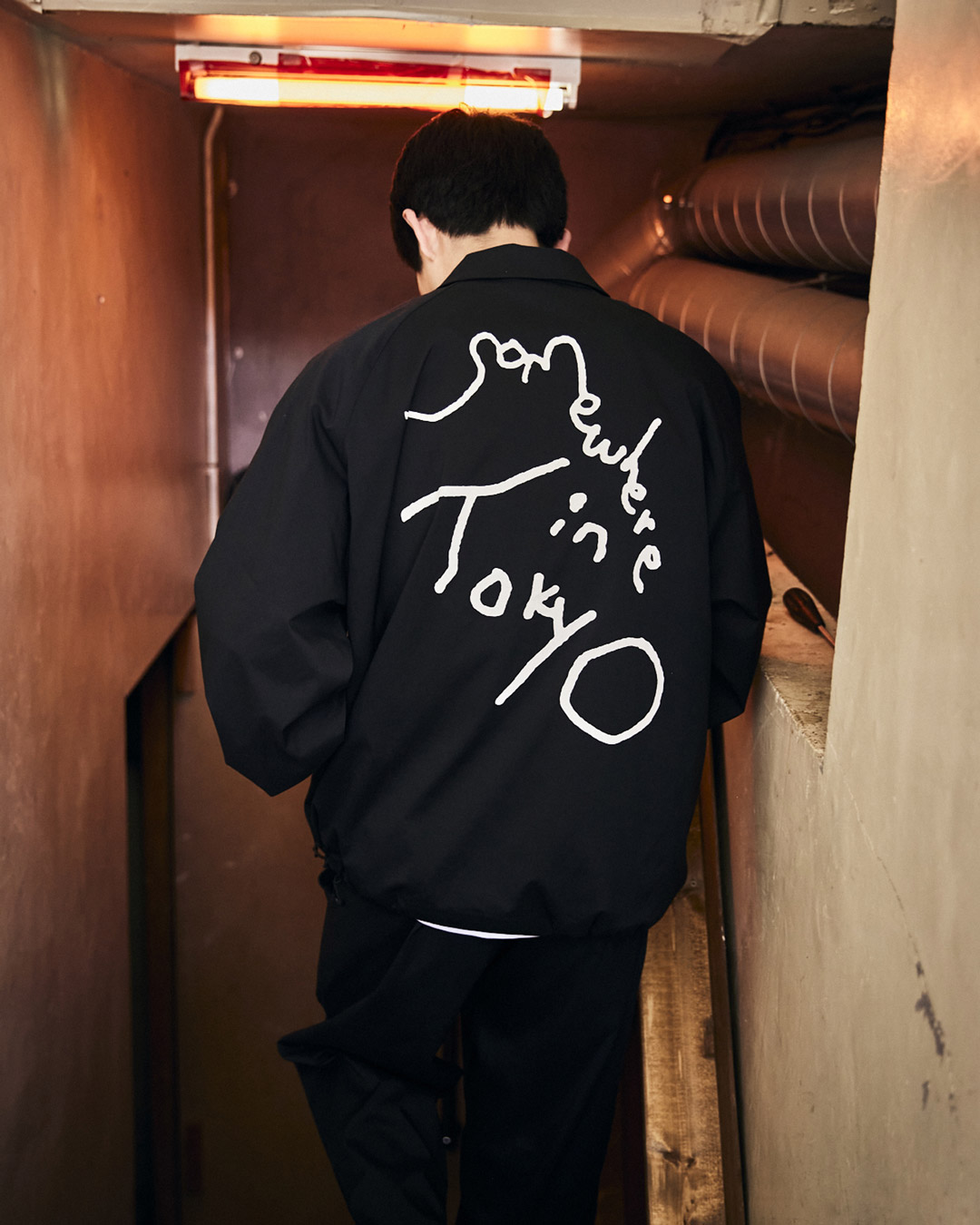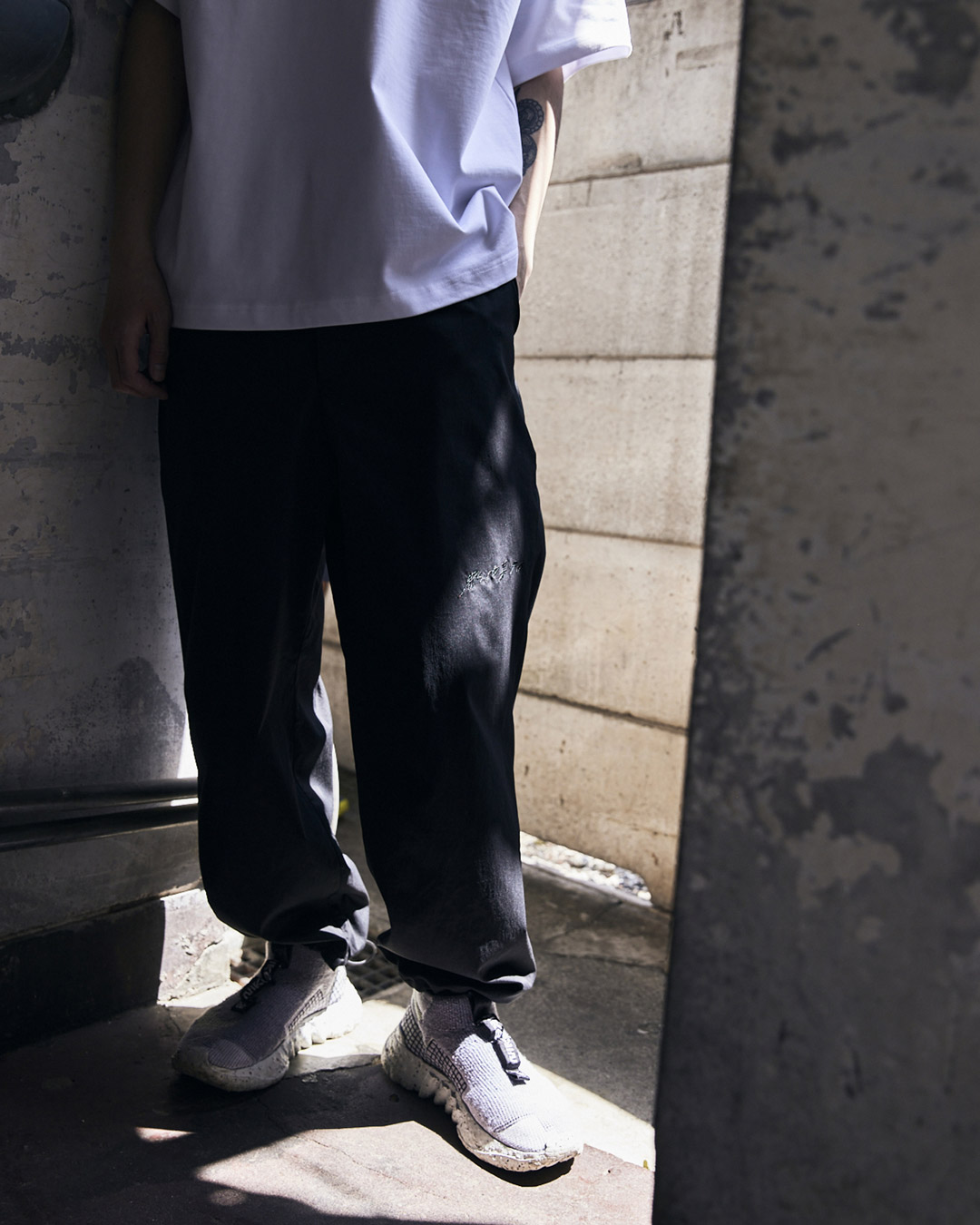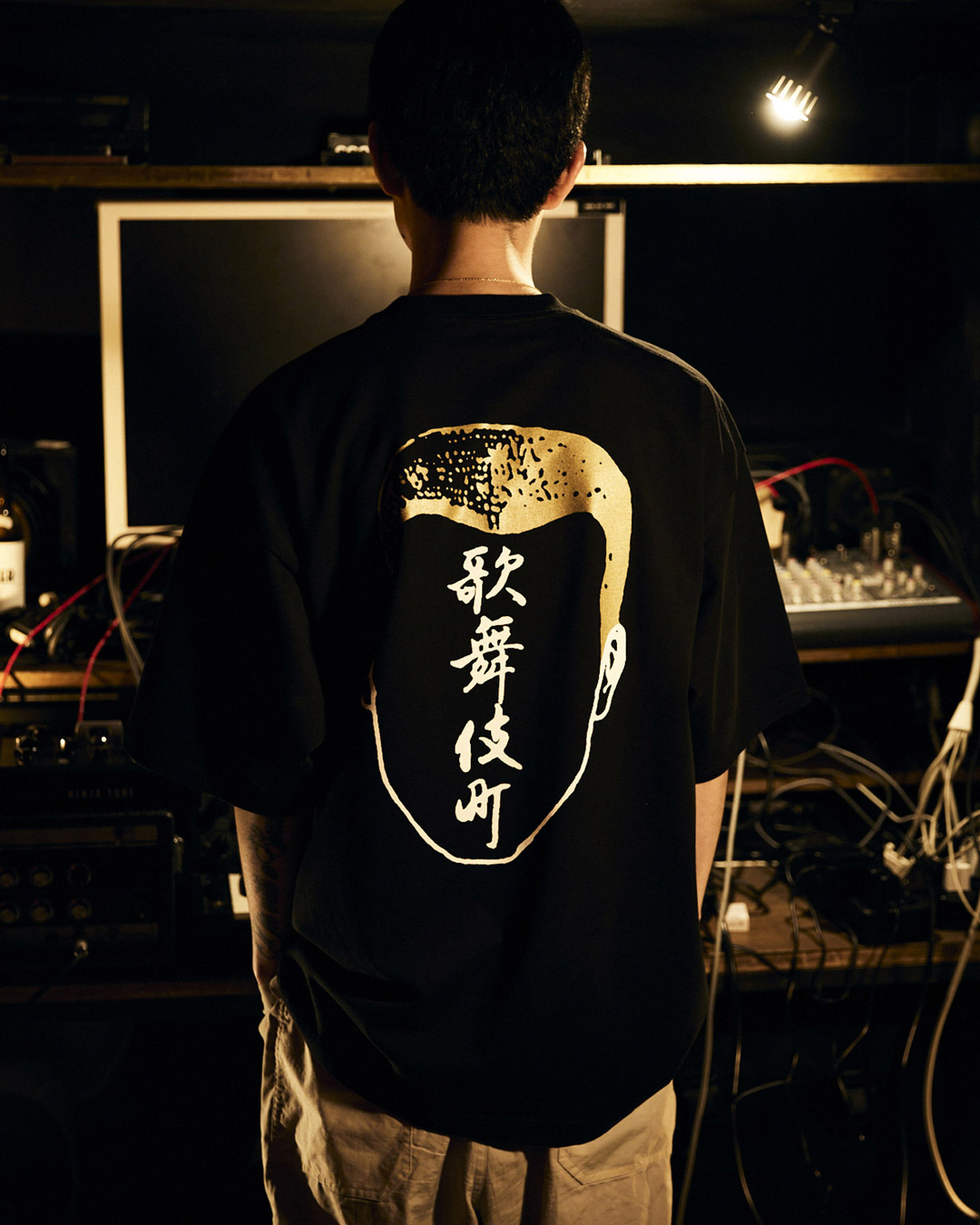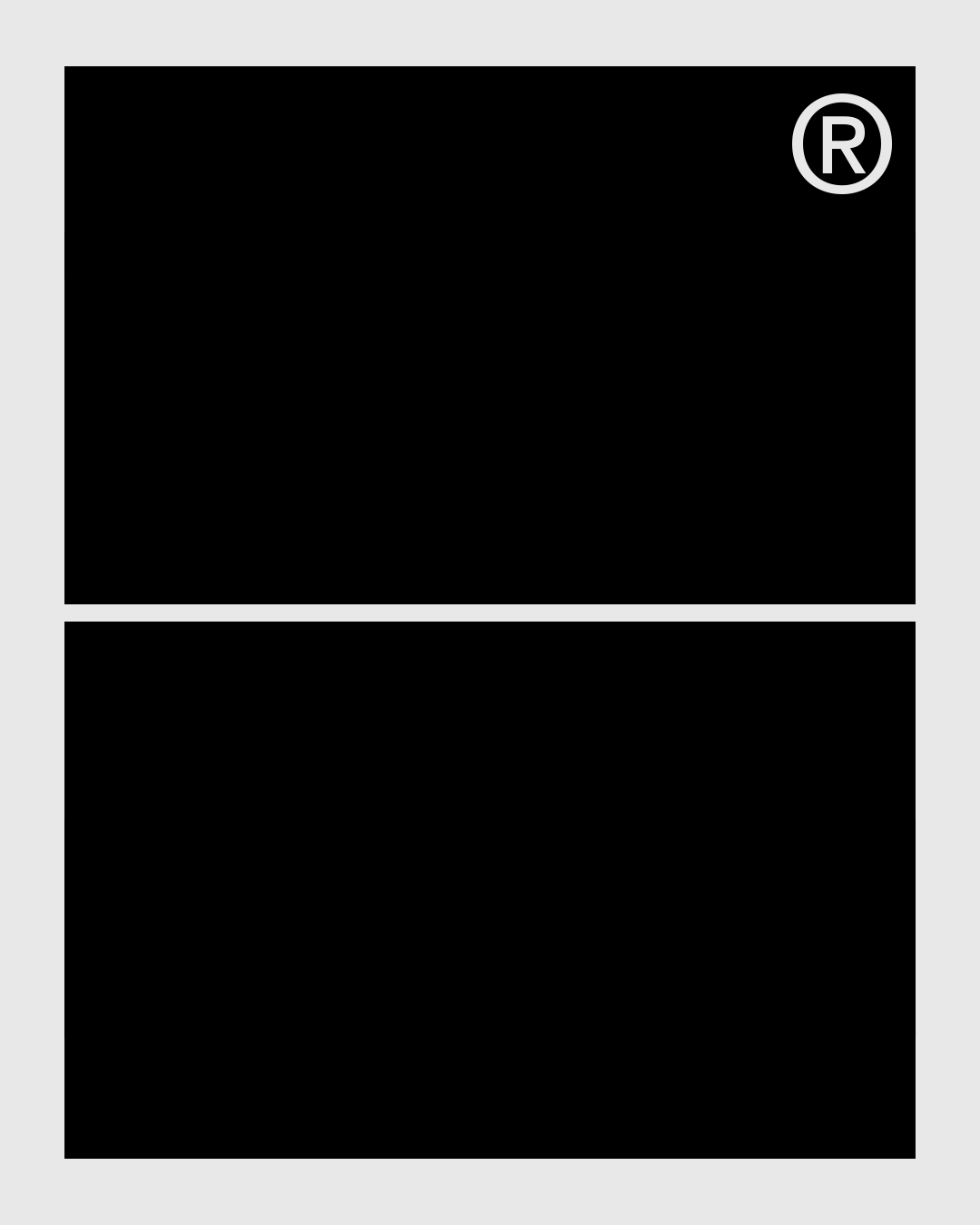
Update: 2nd April 2021
Interview with
semoh
The designer of this brand, Hiroyuki Ueyama, was someone who I had made the acquaintance of in the past; he was a person of a calm manner and a soft aura, but I did not know that he mulled over this thoughts this deeply. It seems that deep contemplation is his inborn personality, but the times he overthought things and became depressed has passed, and now he is able to think in a positive direction. Homes written in reverse becomes “semoh”. I heard him speak about the brand concept and the theme for each season which are difficult to ascertain from clothing alone, and also about the significance of collaborations he’s undertaken with numerous artists.
Online Interview with Hiroyuki Ueyama, Feb. 10, 2021
In other media, I’ve seen that the brand’s theme is “the harmonization between the relaxation at home and the tension outside”, but could you elaborate more concretely where you are aiming the balance for in the brand?I thought of this theme before semoh was established, around 2011. This is not simply going out wearing pajamas and sleeping in one’s going-out clothes, but a reconfirmation of the shared concept of where we place the point of transition. That is, confirming the psychological and physical thing that we call clothing.
I believe that each individual has their own different transition point between at-home and outside, but could you further explain this “shared concept” you spoke of?A businessman will wear a suit and go to work, if someone is Japanese they will remove their shoes at the home entrance, etc. Despite some slight variation between individuals, the basic form is to a certain degree already determined. However, in the future I feel that it will become more varied, and that within that, semoh has been set free from the definitions of loungewear and going-out clothes, and I question that axis through clothes that can function either way. I had this thought from before I established the brand, so I began making shirts at first. A shirt is socially acceptable in meetings and when you meet superiors from work or clients, and – though this is a bit of fashion history – since the shirt also has the aspect of being the origin of the pajama, I thought that the shirt was best suited as a proposed midpoint between at home and outside.
What comprises your theme for 21SS?The theme is based upon the foundational concept I just spoke of, but every six months I set up a sort of background theme. For 21SS, it’s my idea to have positive energy and how we can live as a society in the middle of nature’s grandeur. This season I felt was a period of change, and though COVID-19 was a large part of it, it was less COVID itself but more of what I felt had changed and had stood out because of it. I also had hope that it would be good if it could be the progress which connected with what I had done until now.
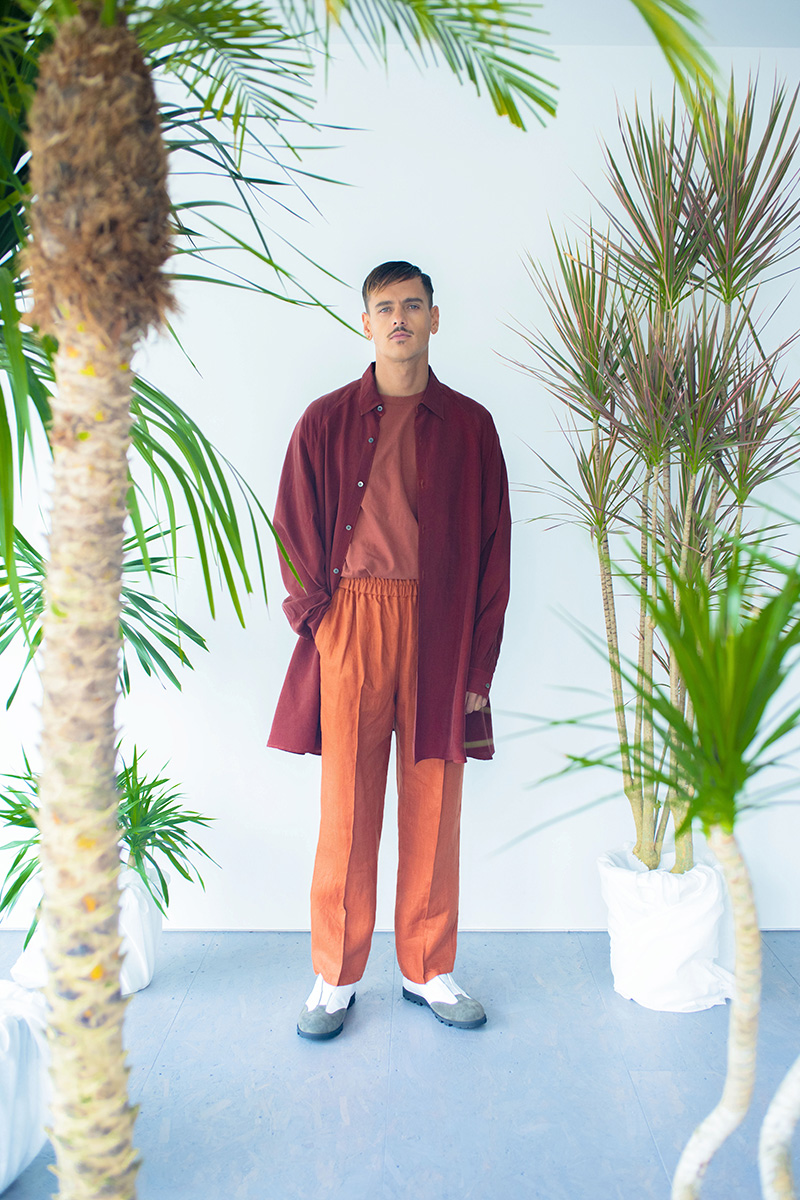
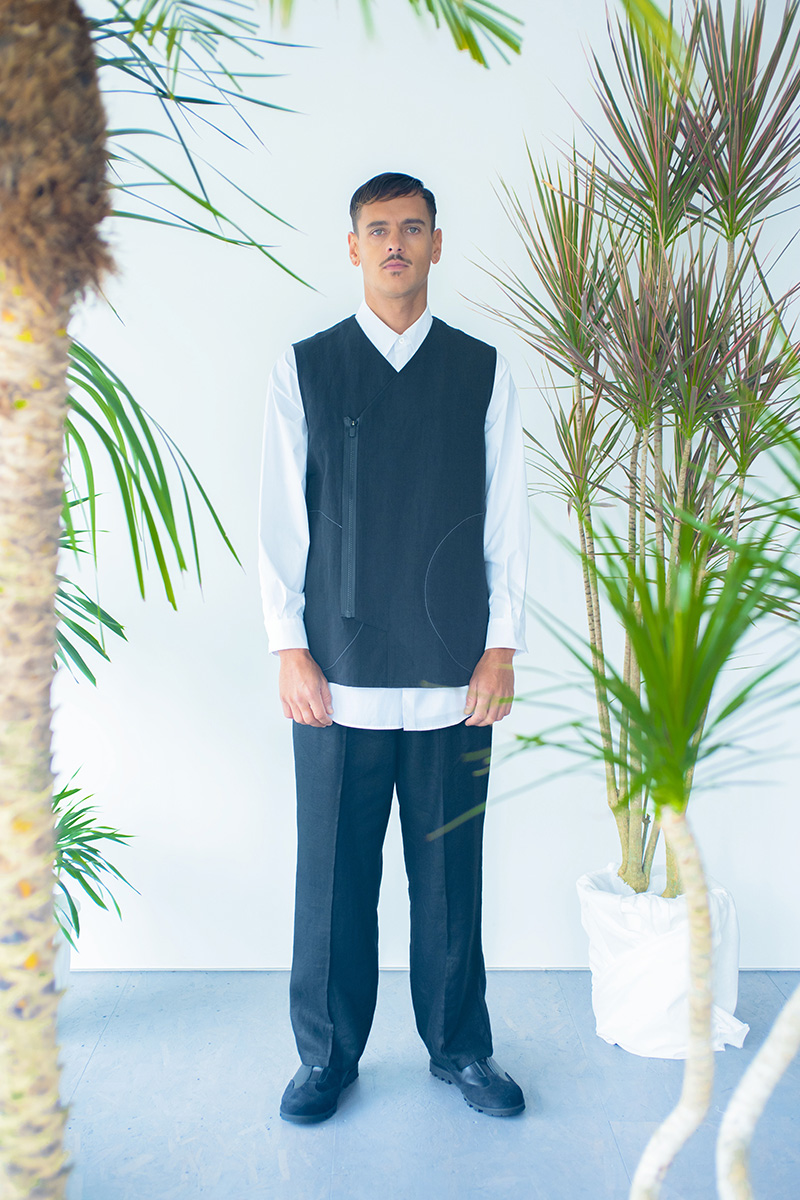

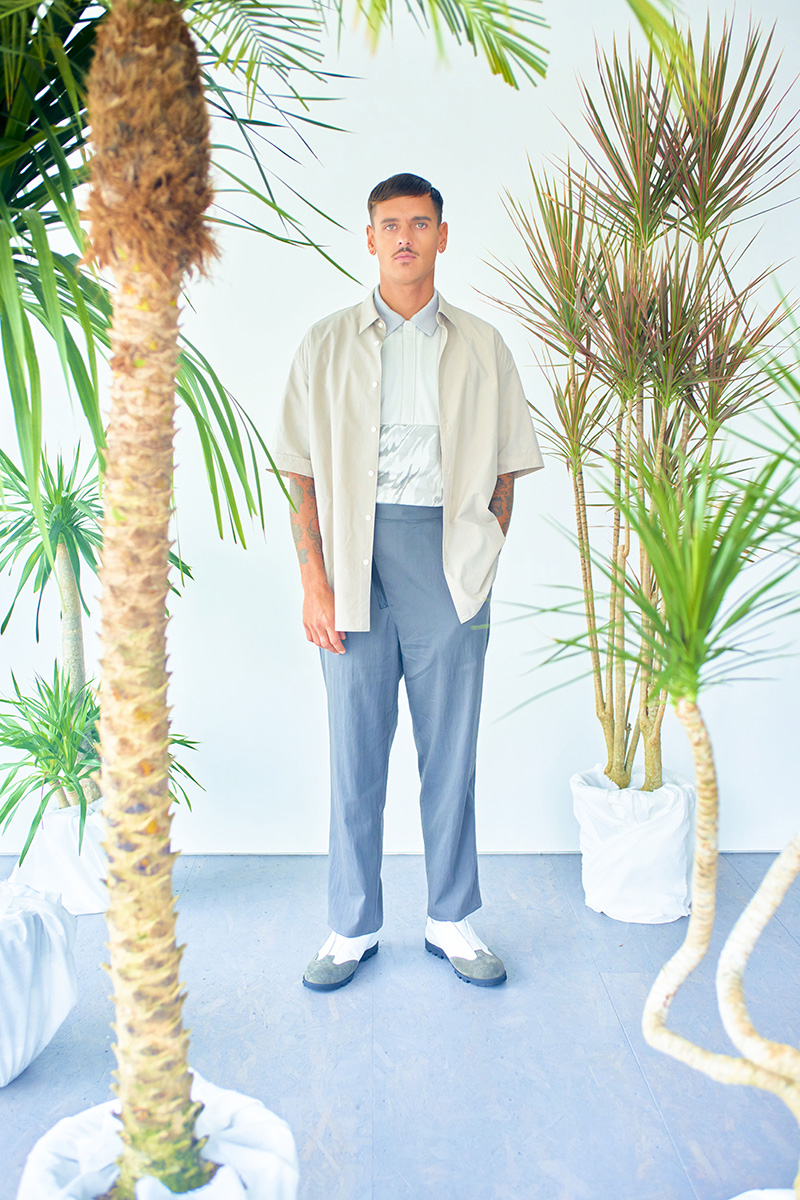
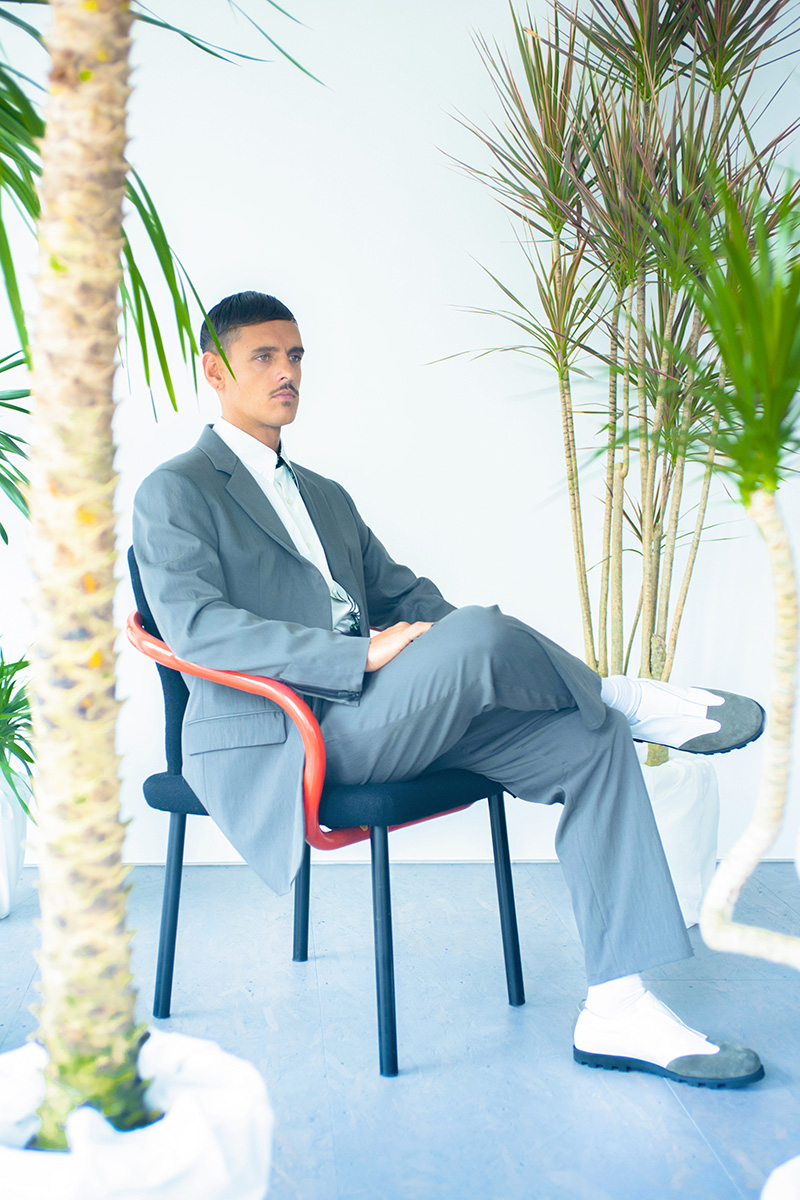
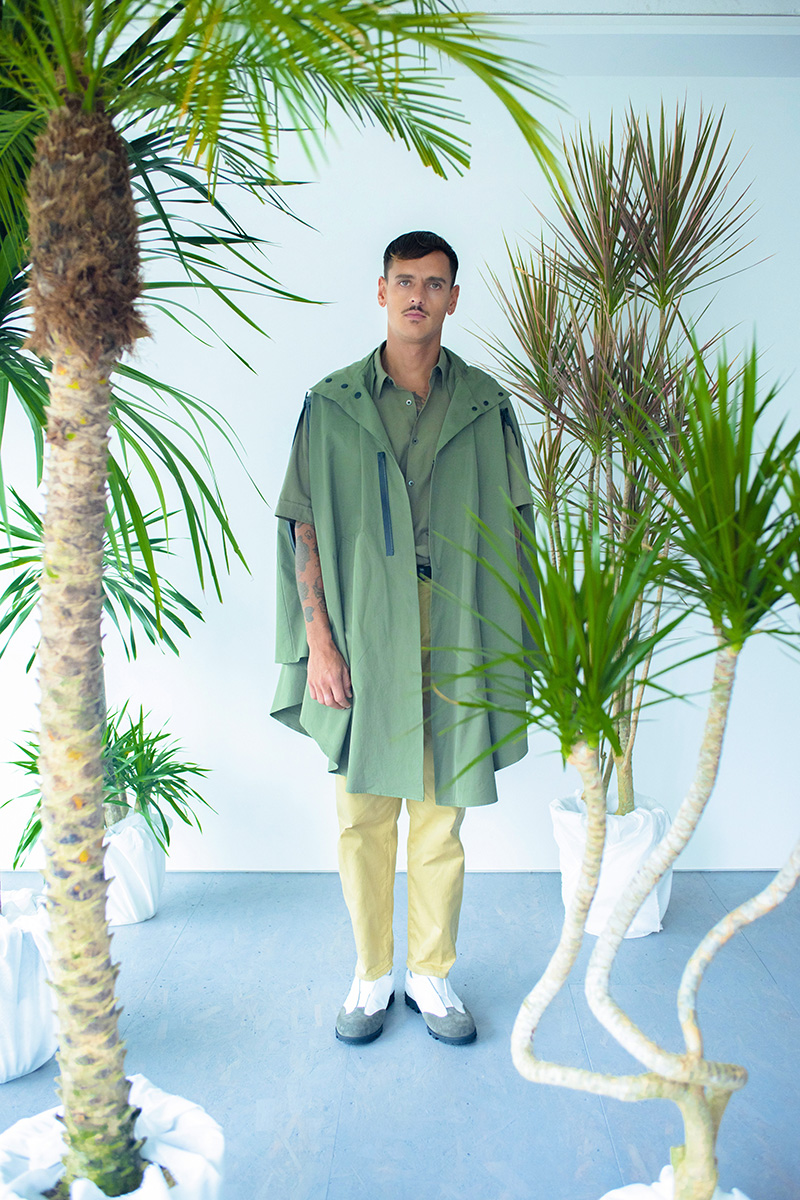
semoh SPRING SUMMER 2021
Photographer: Yudai Kusano
Hair: Daisuke Mukai
Makeup: Atsuko Ohtsu at B.I.G.S
Styling: Hideyuki Kanemitsu at CEKAI
Male Model: Gui Martinez
Female Model: Sharar Lazima at Amazone
Photographer: Yudai Kusano
Hair: Daisuke Mukai
Makeup: Atsuko Ohtsu at B.I.G.S
Styling: Hideyuki Kanemitsu at CEKAI
Male Model: Gui Martinez
Female Model: Sharar Lazima at Amazone
Could you explain the reason why you chose Houxo Que as your collaborator for this season?I acquired one of his works in 2011, and I still appreciate it at home even today. Since then, I have watched his activities and I felt that his work always questioned the distinction between “nature” and “artifact.” I thought that it fit perfectly with what I’ve just spoken about. His work at the time and his current work are different in both composition and canvas, but the essence is unchanged. In contrast, my understanding of his vision has certainly deepened, and I felt I had found at long last a viewpoint which resonated with me. It took 10 years, but it feels as if I have opened a time capsule.
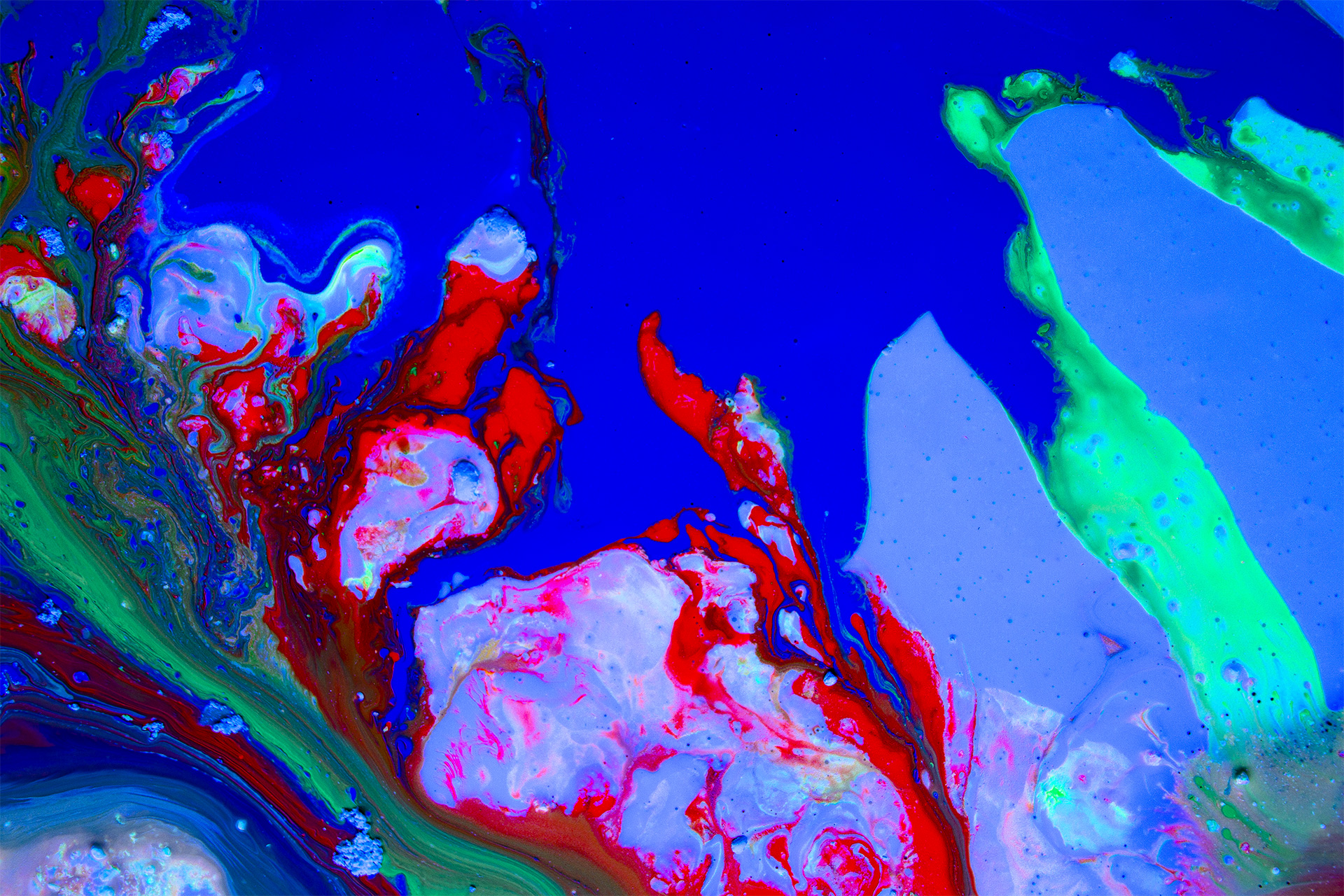
HOUXO QUE
Painted 2020, for semoh SPRING SUMMER 2021
©semoh All Rights Reserved.
Painted 2020, for semoh SPRING SUMMER 2021
©semoh All Rights Reserved.

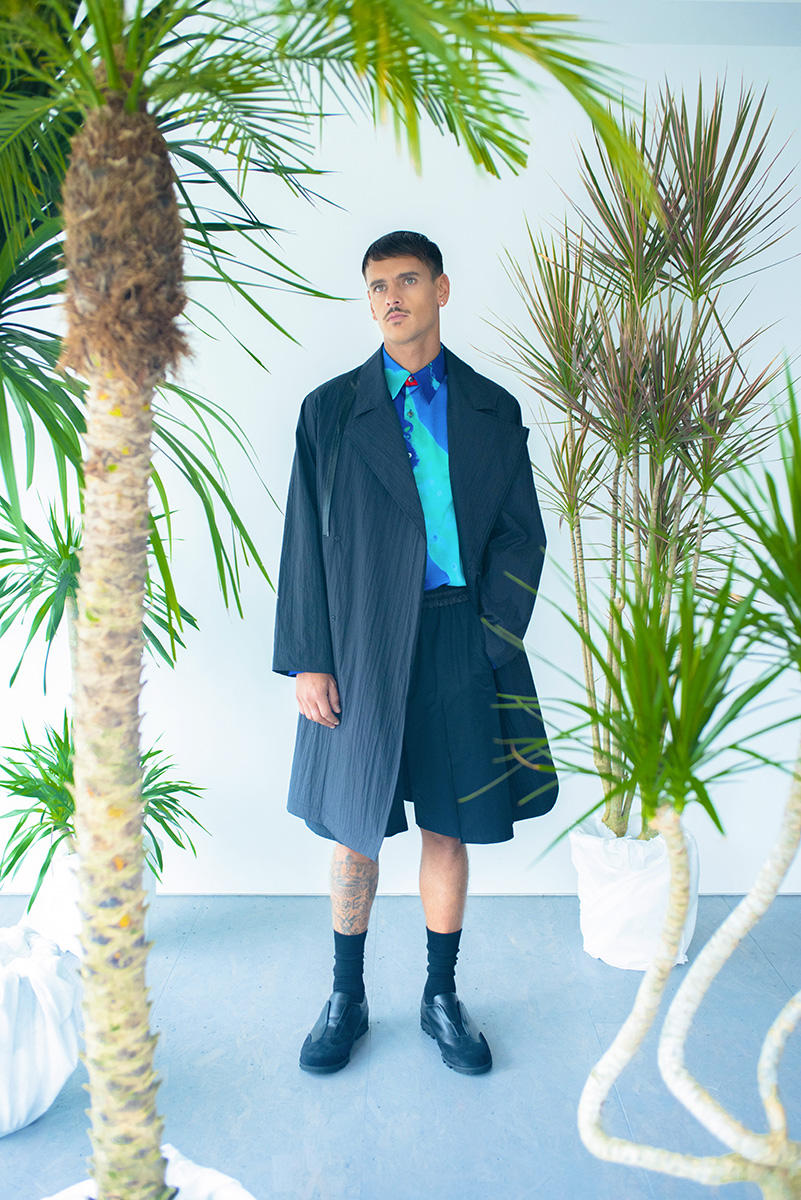
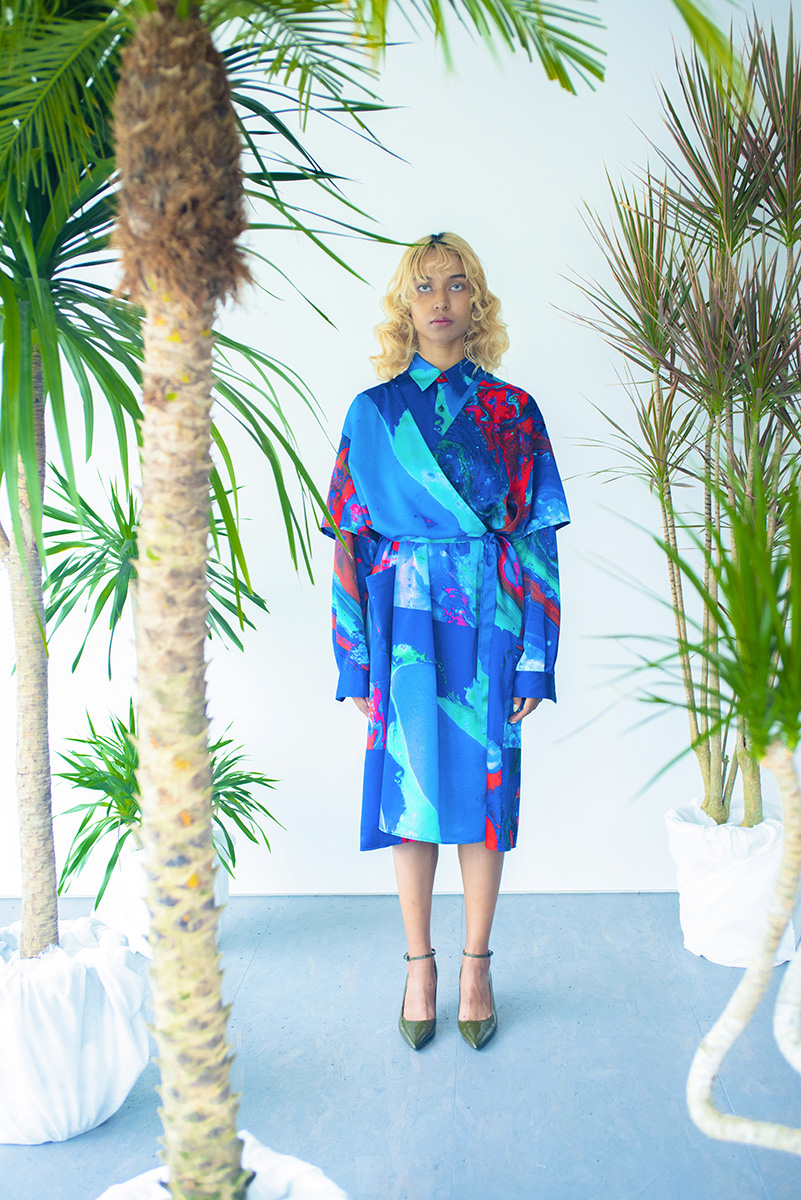
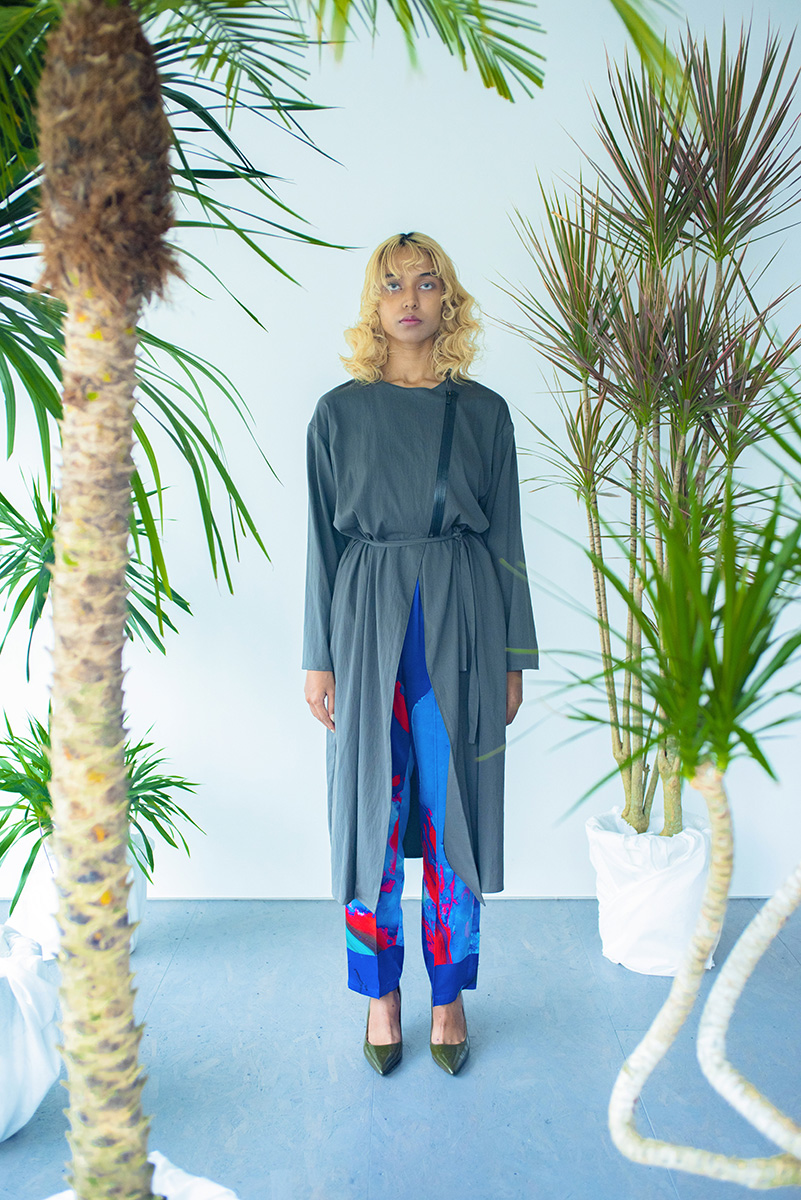
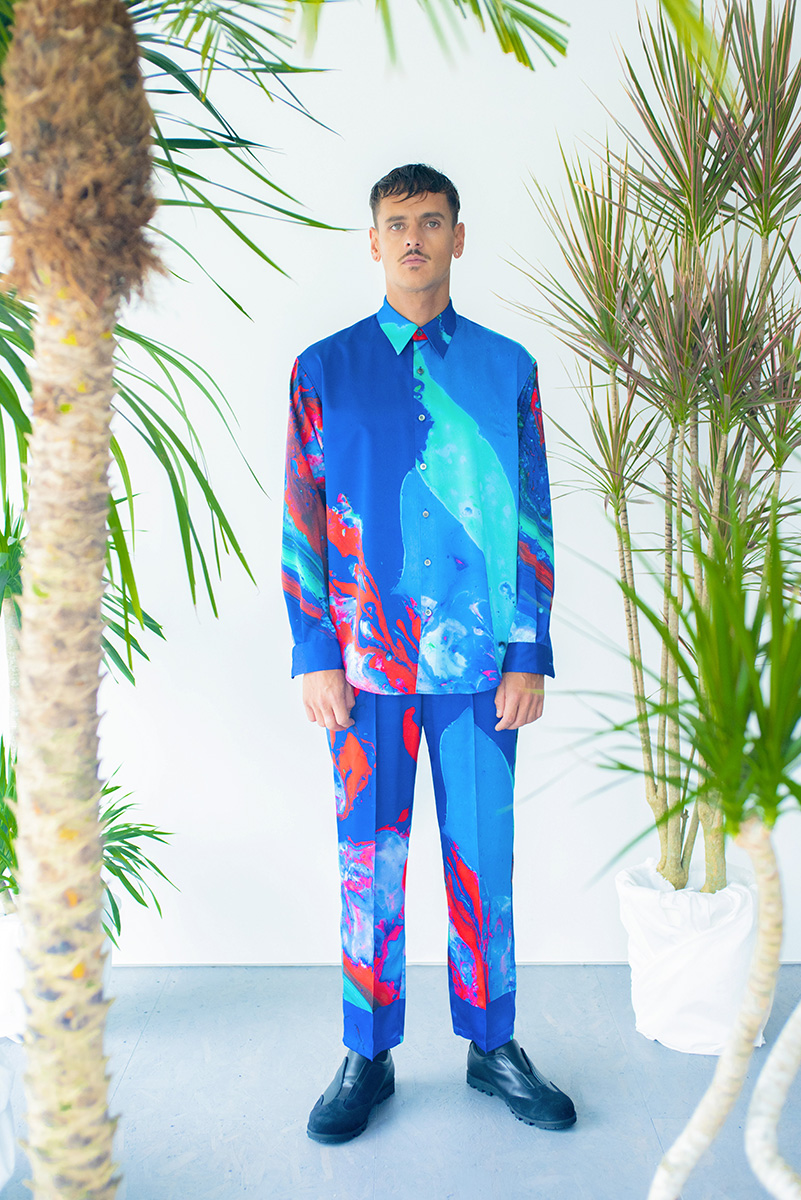
semoh SPRING SUMMER 2021
Collaborated with Houxo Que
Collaborated with Houxo Que
Until now, semoh has collaborated with many artists but what do you think collaboration brings to the brand?Energy. It brings new energy to the concept that I have of clothing. Perhaps it could to simply be called “power”, but I think that calling it “new energy” is closer to my feelings. I certainly think that collaboration is done to make clothing itself into something new.
Would you say that you collaborate as a way to pursue that energy?That’s part of it but, I have this idea about what art is. There are people who don’t buy artwork and those who cannot buy artwork, and there are others who don’t even have the mindset to buy art. But, by putting artwork that was made from someone’s ideas onto clothing, then those people who do not buy art but do buy clothing actually end up purchasing art. Art is then forcibly made into something familiar. That’s close to what you could call my desire or even aspiration. So, when I am provided with artwork for a collaboration, I take great care to enclose the artwork as purely as possible onto the form of my garments.
In that case, then you make requests to artists that you like?Of course, I make requests on the premise of works and styles that I like, but I think there’s also sense akin to journalism for the current age.
Are you acquainted with most of the artists that you collaborate with?Basically, they are people with whom I have some sort of connection. That said, in a category separate from the collaborations I just spoke of, I have many of my ideas made into graphics or pictures, and I have these made by someone who I have a mutual understanding with. Also, the same can be said of the people who I request to shoot the lookbook and video. No matter what the situation is, I first speak of the concept and the theme I am thinking of, and I straightforwardly explain to them directly why I would like to ask for their help.
For each season a collection video is made and released. Could you tell us your purpose for it?I have many detailed ideas but I will give the two biggest. First, I’ve spent a long time watching movies, music videos, skate and surf videos that I like, and moreover I like books and plays, so I thought movie-like elements were ideal to express the world I would like to make. Also, I thought that along with the wide spread adoption of video media such as YouTube that similar videos would increase, but creation is not easy, and the general premise is that videos are advertisements. In contrast to that, I wanted to make a video that wasn’t one to just show/sell my clothes. The second purpose I can name is the hope that it becomes a sort of opportunity, by having people make the time to watch, to have them come to like clothing more, to feel that clothes made by someone’s subjectivity as something familiar.
semoh SPRING SUMMER 2020
Music: Naomi Paris Tokyo
Video: Kazune Umezu
Produced: Hiroyuki Ueyama
Music: Naomi Paris Tokyo
Video: Kazune Umezu
Produced: Hiroyuki Ueyama
semoh SPRING SUMMER 2018
Starring: Lui Araki
Music: Naomi Paris Tokyo
Film and Edit: Hidenori Tanaka
Produced by Hiroyuki Ueyama
Starring: Lui Araki
Music: Naomi Paris Tokyo
Film and Edit: Hidenori Tanaka
Produced by Hiroyuki Ueyama
semoh FALL WINTER 2017
Starring: Ryuju Kobayashi at Dongyu, Hyunri at Hirata Office
Shot and Directed: Zoe Que
Guffer: Hitoshi Satou
Hair: Kazuki Fujiwara at Perle management
Makeup: Yumi Ono
Editor: Moa Strom
Music: Naomi Paris Tokyo
Starring: Ryuju Kobayashi at Dongyu, Hyunri at Hirata Office
Shot and Directed: Zoe Que
Guffer: Hitoshi Satou
Hair: Kazuki Fujiwara at Perle management
Makeup: Yumi Ono
Editor: Moa Strom
Music: Naomi Paris Tokyo
These past two seasons do not appear to have hada video created for them. Was this due to the effects of COVID-19?During COVID, in the state overflowing with movies and video, putting my spirit to draw out the the significance was weakened within myself perhaps. I think I am searching for the next method of expression, or the next method of delivery within video.
I feel that there is change happening to people’s consciousness due to the pandemic, but how do you think what people desire in fashion will change?Even if consciousness changes, if you don’t know how to use it, then it has not changed. I hope that fashion will have an a very important part both culturally and industrially, and that the leaders can disseminate the way to use it. And, I think what everyone desires in fashion is positive energy, without lies or extremes, or fashion that has dreams for the future.
This “way to use” you speak of is the way to use one’s consciousness?This is something that I constantly ask even to myself—if you don’t actually use what you’ve gained, then you really haven’t gained anything at all. Before COVID, there was a significant earthquake in Japan, and it caused a disaster and a nuclear accident. People began to horde items such as food and toilet paper, and everyone surely realized at the time that this wasn’t right—I felt these feelings in my core. The moment when your consciousness changes, if you haven’t thought about what you should do and how to enact it the next time something similar happens, then the experience you gained loses its meaning. This is what I mean by “how to use consciousness”: I think that people who have truly changed from gaining knowledge of this usage will change through their life, and I think that it’s evolution. Also, since fashion changes along with the times, nothing improves if that change is forced. There, those who have changed their consciousness will present it clearly, and I have hope for this especially in fashion.
What do you hope for semoh in this situation?For semoh, I don’t have the point of view that before or after COVID is better; however, in order to be recognized by the the fashion world, as a brand I would like to refine the mix of what changes and what deliberately cannot change, and I would like to continue with the concept of what I think are “real clothes”.
I believe the beginning of self-expression and cognition of others
through we exchange and clothes we put on.
The harmony needed for us to exist in various forms of “inside-out”
I seek for the harmony of relaxation at home,
and tension in the city, in our daily clothes.
Started by designer Hiroyuki Ueyama for the Spring/Summer 2012 season. Showed the women’s line under the same name, semoh, for Autumn/Winter 2014. Through his various work with clothing and textiles and work specializing in French antiques, from the production process of fabric selection according to his investigations of the background of apparel enlivened by his experiences at work and his unique taste, to the impression that clothes give to the wearer when they put it on, under the concept that has been consistent from the brand’s establishment, Ueyama offers clothes with a refined and unique mood while being aware of their story.
semohstore.byhiroyukiueyama.com/
